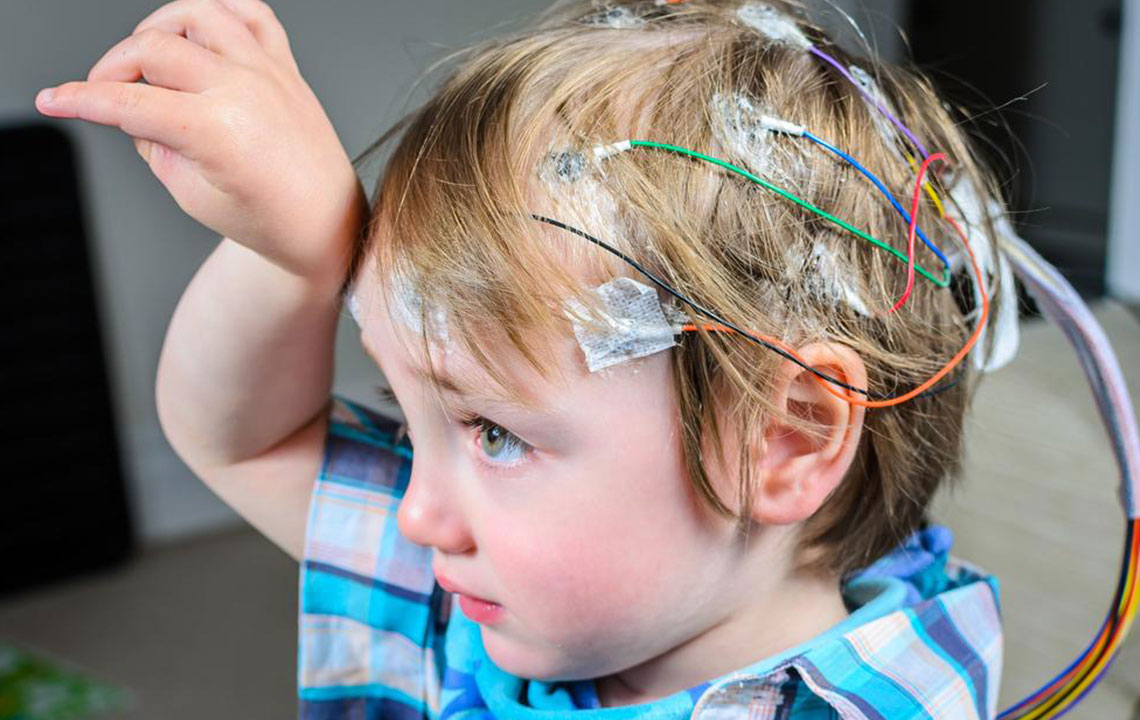Seizures – Symptoms and Treatment
A fit or seizure is a medical condition characterized by unreasonably immoderate activity in the brain. There is a series of chemical reactions, which leads to an imbalance between the brain cells.Commonly, a seizure is a symptom of epilepsy. However, a person facing issues such as trauma, hypoglycemia, hypoxia or drug abuse may also have seizure attacks.
Seizures often point at some disease in the brain that may stand undetected.

A seizure goes through three stages. The first stage is known as the aura. It is a symptom that warns the occurrence of a seizure. The second stage is the ictal stage. This is marked by the actual escalation in electrical activity in the brain. The last stage is the postictal stage where the recovery takes place. It is not necessary that every person will pass through all the stages or experience the same duration.
Following are the signs one needs to be aware of to detect the occurrence of seizures at the earliest.
- A headache accompanied by giddiness – Persistent headache along with the feeling to vomit all the time can be an essential symptom of seizures.
- Peculiar feelings – Déjà vu and Jamais vu are common feelings experienced before a fit. These can lead to jumbled thoughts and panic attacks.
- Unclear vision – Everything around can look blurry and confusing. Imaginary objects can begin to appear in front of the eyes (hallucinations).
- Blackout – The major symptom of seizures is the loss of awareness or loss of consciousness. One loses sight of the situation or can even faint temporarily. Momentary memory loss can also be noticed.
- Uncontrolled body movement – This is another important symptom. It includes synchronized shaking of different body parts, rapid blinking of eyes, tilting of the head, etc. At times, an individual may also encounter rigidity of muscles accompanied by no movement at all.
The intensity of the symptoms varies from phase to phase and from individual to individual.Whatever, the cause may be, it is essential to undergo a treatment for seizures. Though there has not been any widely publicized treatment for seizures, the condition can be controlled up to a great extent using the following methods.
- Diagnosis – The first step in the treatment for seizures is the diagnosis of the problem and the reason behind it. Some health conditions are often confused with seizures. This can lead to wrong medication making things worse for the individual. A CT scan or an MRI can be performed initially to test the seriousness of the problem. It is followed by electroencephalography and electrocardiography if the problem is at an advanced stage.
- Psychological counseling – It is necessary to make the sufferer realize that they are not the only one facing the problem. There are several cases of people around the globe who have successfully managed it by strictly following the suggested treatment for seizures. This can help in gaining better cooperation from the patient’s side.
- Physical environment – Whenever an individual is about to face a seizure, he should be moved to an isolated place with no dangerous items. In this way, the individual can be prevented from hurting himself or others. He should not be forced to act in any manner.
- Medical prescription – Doctors normally prescribe benzodiazepine medication. Lorazepam and barbiturates are common anti-convulsive medicines administered to the sufferer. They help in controlling the intensity of seizures and effectively managing them. These are one of the effective treatments for seizures.
- Differentiated diet – For patients under the age of 12, a ketogenic diet is suggested that focuses majorly on fats. However, it becomes difficult to follow the diet for more than a year as it places a strict restriction on the consumption of carbohydrates.
- Surgery – Vagal Nerve Stimulation, lobectomy, neurostimulator implantation, and lesionectomy are a few surgeries performed on patients above the age of 12 years. These prove to be an effective treatment for seizures.
- Rehabilitation – Seizures instill fear among the individuals as it is quite difficult to predict them. They may always be afraid of the occurrence of another seizure. It is important to guide them regarding the necessary precautions that should be taken. These include refrain from swimming alone, driving with helmets, avoid working at heights and others.
If seizures are not given timely attention, they can pose a serious threat to life. Since they cannot be cured, measures should be taken to prevent them from occurring. One should get proper sleep, manage stress and depression, consume a balanced diet, follow the full course of medicines and avoid undue strain on the eyes.Abstain from doing any activity that can trigger a possible seizure. Alteration of behavior and lifestyle is the key to successful treatment for seizures.




